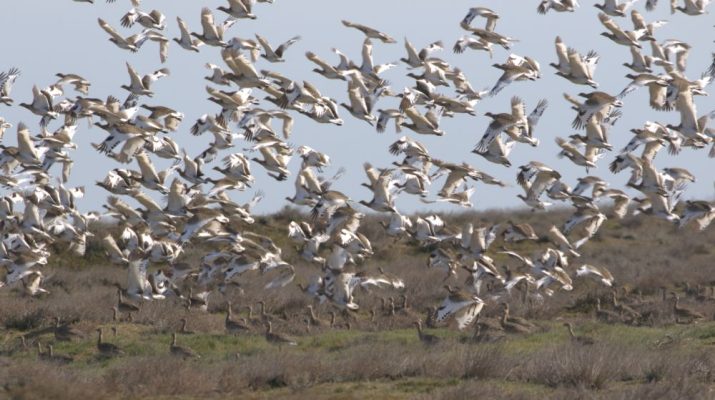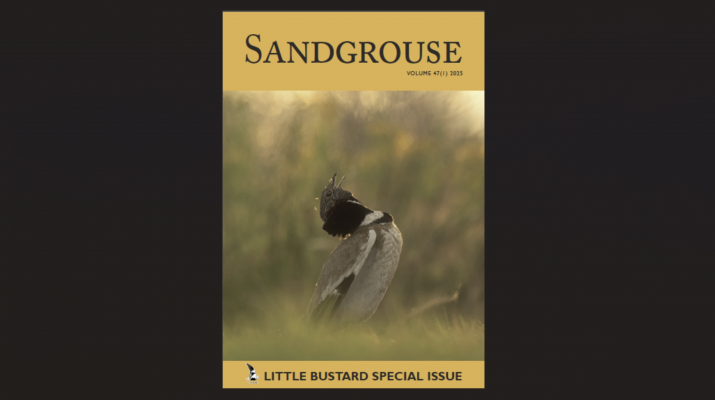A new assessment of the Little Bustard’s eastern populations, based on data from range states published in the recent special issue of Sandgrouse, describes
Project News
News and announcements from the EBA
Special Journal Issue: A Comprehensive Review of the Status of the “Eastern population” of Little Bustard
This summer’s volume 47 of the ornithological journal Sandgrouse features comprehensive coverage of the status of the Little Bustard in its “eastern range.” A
Multilingual versions of the Action Plan for Great Bustards in Asia
The Action Plan for Great Bustards in Asia, developed with input from 30 regional contributors and edited by the Eurasian Bustard Alliance and Wildlife
Bustards without Borders: a new global initiative
Bustards without Borders is a new international initiative to improve the status of all species of bustards, within the framework of the Convention on
Seminar on Eastern populations of the Little Bustard
On 15 March, the Ornithological Society of Kyrgyzstan, together with the Eurasian Bustard Alliance and the Ornithological Society of the Middle East, the Caucasus
A New Action Plan for Great Bustards in Asia
Samarkand, Uzbekistan: Parties to the Convention on Migratory Species (CMS) at COP14 have unanimously approved the Revised Action Plan for Great Bustards in Asia!
Spotlight on Bustards at CMS COP14
Bustards were in the spotlight at COP14 of the Convention on Migratory Species, held in February 2024. The host country, Uzbekistan, honored the Great
Great Bustard conservation status has declined to ENDANGERED globally
A re-assessment of the status of the Great Bustard has been published by the global conservation authority, IUCN. Due to recent steep declines in
New Action Plan for Great Bustards in Asia on the agenda for CMS COP14
A new Action Plan for Great Bustards in Asia has been proposed by the Government of Mongolia for consideration at the 2024 Conference of
Important Great Bustard wintering grounds in Uzbekistan
A new publication [pdf] in the journal “Geography, Environment, Sustainability” highlights the importance of wintering grounds in Uzbekistan to the survival of the Central










